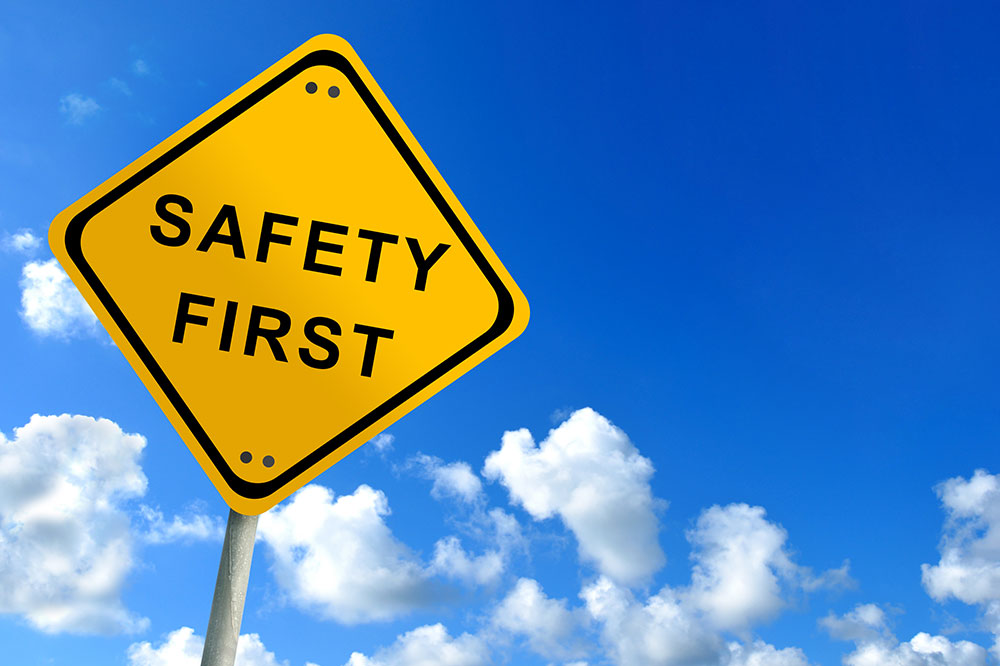A Guide to the Four Primary Types of Workplace Safety Signs
This guide explains the four main types of safety signage found in workplaces and public spaces. It details their colors, shapes, and meanings, helping individuals recognize and understand safety instructions effectively. Whether it's prohibition, warning, safety condition, or mandatory signs, understanding these categories enhances safety awareness and compliance across various environments.

Recognizing the Four Main Categories of Safety Signage
Safety signage is prevalent across workplaces, construction sites, shopping malls, and public venues. These signs communicate crucial safety information using distinct colors and shapes. Each type of sign is designed to convey specific warnings, instructions, or prohibitions that help ensure safety. In this article, we examine the four fundamental categories of safety signs, detailing their meanings and where they are commonly applied.
Prohibition Signs
Prohibition signs warn against specific actions to prevent hazards. Usually round with a red border and black symbols on a white background, they include symbols for no entry, no smoking, or no parking zones.
Warning Signs
Warning signs alert individuals to potential dangers. Typically triangular with a yellow background and black border, they feature black pictograms indicating hazards like high voltage, slippery surfaces, or hot objects.
Safety Condition Signs
These signs convey safety-related information or emergency facilities. Generally green and rectangular, they display white symbols indicating safety routes, first aid stations, emergency exits, or assembly points, guiding safe actions in risky environments.
Mandatory Signs
Mandatory signs specify required actions. Circular with a blue background and white or yellow symbols, they often depict wearing safety gear like helmets or masks or instruct actions such as closing doors or restricting access.


